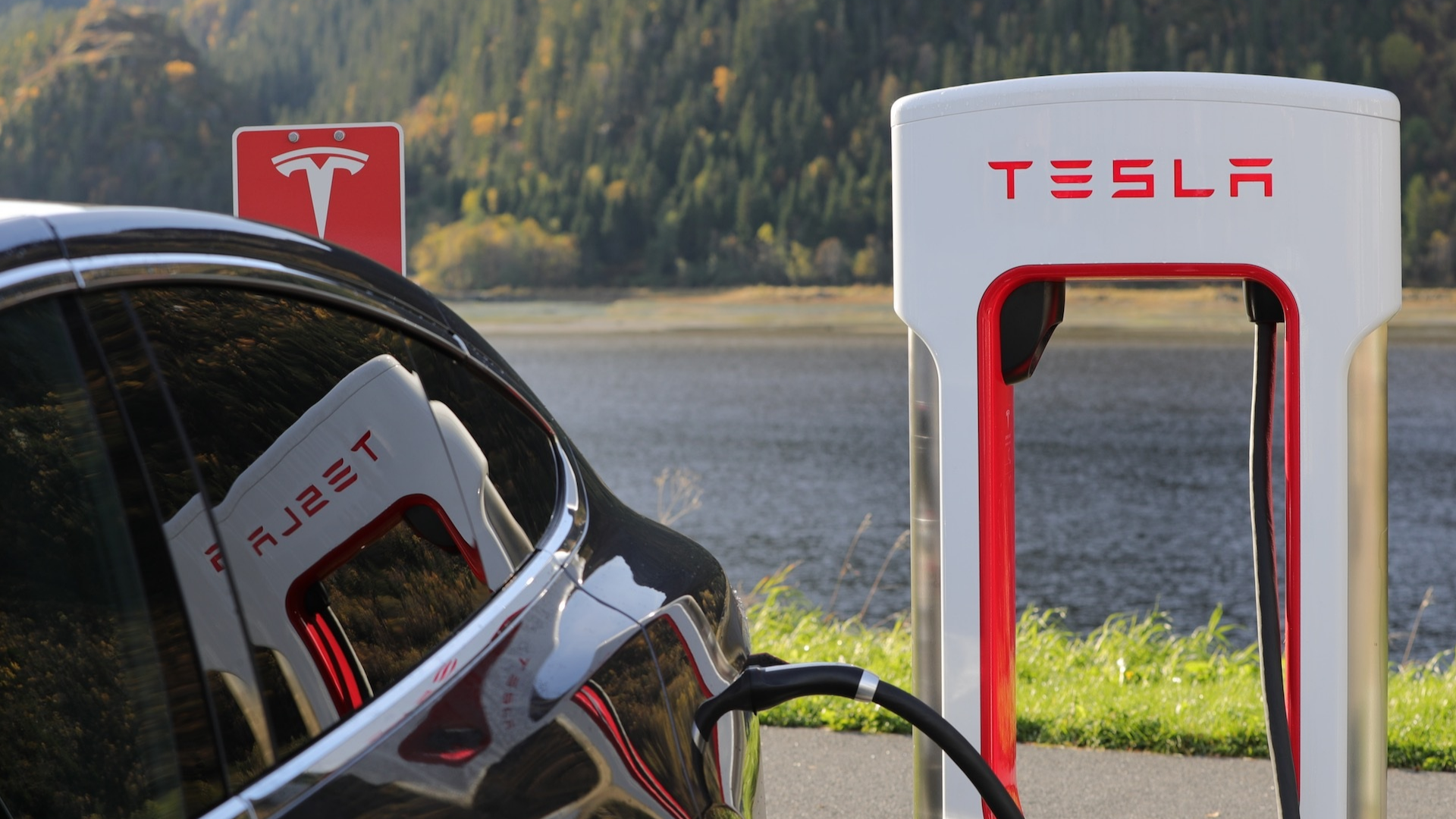Includes excerpts from Chan Kim & Renée Mauborgne’s Blue Ocean Strategy (2015) and Blue Ocean Shift (2017) and the case study “Searching for Value: Value Innovation vs. Technology Innovation“, written by Institute Executive Fellow at the INSEAD Blue Ocean Strategy Institute, Michael Olenick, with Chan Kim & Renée Mauborgne.
“Build it and they will come” is a myth
“Build it and they will come”. The phrase, popular in Silicon Valley, is often said about technology innovation in the belief that users will find value in innovative technology for its own sake. But, as we shall see, that is not always the case.
What is technology innovation?
Technology innovation is the creation of a product or service that focuses on new or improved technology. Often, the technology involved is cited as the differentiating factor. The utility of the technology is put front and center, with the expectation that buyers will find a use for it either now or later.
Innovative technology does not guarantee commercial success
Technology innovation is widely recognized as the key driver of macroeconomic growth, so managers would be forgiven for assuming that it is the key driver to unlock new markets.
But market creation is not inevitably about technological innovation. Starbucks, for example, turned the coffee industry on its head by shifting its focus from commodity coffee sales to customer experience. No ‘new’ technology was involved.
Or consider JCDecaux, which unlocked a blue ocean in outdoor advertising by providing and maintaining ‘street furniture’ for municipalities in exchange for prime locations for ad displays. These strategic moves opened new markets without any bleeding-edge technology.
Even when technology is involved, it’s not the main reason that new offerings like Google’s search engine, Apple’s iPhone or Tesla cars are successful.

Value innovation, not technological innovation is what counts.
Why value innovation, not technological innovation, is what counts
Products and services like Google have become hugely successful because they offer buyers a huge leap in value – they are simple to use, fun, and so useful that people fall in love with them. They are examples of value innovation, a concept developed by professors of strategy and world-renowned management thinkers, Chan Kim and Renée Mauborgne in their global bestsellers Blue Ocean Strategy and Blue Ocean Shift.
It’s value innovation, not technology innovation, that launches commercially compelling new markets by offering a leap in productivity, simplicity, ease of use, convenience, fun, or environmental friendliness.
Let’s take a closer look at the distinction between technology innovation and value innovation and why some technologically innovative products become commercial failures while others enjoy extraordinary success.
Examples of technology innovations that flopped
Corporate graveyards are littered with bleeding-edge technology products that got to market first but were not linked to buyer value. Here are two classic cases.

The Segway put technology innovation ahead of value innovation.
Segway
Few product failures are as well-known as the Segway personal transporter, the two-wheeled electric scooter to replace short-haul car trips, or walking.
Released to enormous fanfare in 2000, and priced at $5,000, the Segway never caught on. It was too big for sidewalks, too small and too slow for streets, too large to easily transport in cars or on public transport, and too expensive.
The device did function as advertised, but the functionality did not have an obvious buyer group beyond niche applications: police and security guards in pedestrian malls, tourists who’d otherwise walk. The Segway was ‘cool technology’ but largely useless and therefore an unmitigated commercial flop.
Segway epitomizes technology innovation. It was interesting technology – a self-balancing two-wheeled scooter bundled with an all-day battery – but without any clear value to ordinary people.
Interestingly, inexpensive battery-operated scooters eventually offered the value Segways initially promised – an easy, inexpensive, fast, pollution-free transportation method – at a small fraction of the price. They took the form of E-scooters, which avoided the fate of Segway to become a great success.

First-generation Iridium phone. Image by Sanjay Acharya CC BY-SA 4.0,
Iridium
Remember the Iridium? No? There’s a reason for that. Launched in 1998, the Iridium was a phone like no other: it worked, outside, anywhere in the world. Stuck in the Amazon and need to make a call? You’re in luck if you have an Iridium phone.
But staying in a Paris hotel and need to call a colleague for a business meeting to tell them you’ll be a few minutes late? The large, clunky $3,000 phone didn’t do that.
While the $5 billion Iridium phone was a technological feat, it offered scant no to value to the average person. It couldn’t be used in buildings or cars, was clunky and heavy to carry, and it cost an arm and a leg to purchase and use. While it did work in the Gobi desert, few people needed to use it in the middle of nowhere.
The Iridium relied heavily on technology, and the technology – outside of military uses – was entirely new. Ironically, it was the military that rescued Iridium from total failure. When the expensive and limited phones predictably failed to catch on, the US military entered into a contract with Iridium for (relatively) insecure phone transmissions anywhere in the world.
While Motorola proudly marketed how Iridium’s technology allowed it to be used in the farthest corners of the world, it failed to link the technology to a leap in value for business executives let alone the average person. Unfortunately, they failed to address whether the value of the technology they so proudly purported was actually valuable to users. It is a classic example of technology innovation.
Examples of technology innovations that changed the world by creating buyer value
Value innovation is the bridge that links technology innovation to commercially compelling new markets. When technology innovation is anchored in value innovation, products come along that can change our lives for the better. Let’s look at two examples that have offered a quantum leap in buyer value while using cutting-edge technology.

Zoom exemplifies value innovation.
Zoom
Zoom is a successful value innovation business that has made high-quality, reliable video conferencing easy. Users love Zoom for the simplicity of setup, use, relatively low cost, and quality of the calls.
Before Zoom, video conferencing services, including WebX and Skype, could be significantly more difficult to set up or suffer substantially lower call quality. Zoom vastly simplified the process of joining a video call and made sure the calls were clear and seldom or never dropped.
Improving the sign-up process was a technological feat. Zoom engineers went so far as to circumvent security measures they believed added complexity to the signup and installation process for videoconferencing software.
Zoom made the installation and use of this mature technology far easier, allowing a wider group to unlock and realize the utility without the hassle.
While Zoom offers a high-tech solution, it is marketed in terms of value. A click or two is all that is required to start or join a high-quality online videoconference. Zoom exemplifies value innovation.

Customers love the simplicity and low cost that Stripe offers.
Stripe
Stripe is a business-to-business offering that makes online payment processing incredibly simple and inexpensive.
Before Stripe, setting up online payment processing required finding a bank to issue a merchant account, implementing the technology to accept credit cards to the account, paying the steep fees merchant accounts required, and sometimes even renting a physical card reader even though businesses never processed physical cards.
Stripe solved all that by bundling all those solutions into an easy-to-purchase package with low fees and a myriad of methods to integrate payment processing into a website. Customers love the simplicity and low cost that Stripe offers.
Virtually no technical knowledge is required to implement advanced payment options. On Stripe’s homepage is a large “Start Now” button that quickly and effortlessly starts a user on the path to processing payments.
Stripe is entirely dependent upon technology. But users wouldn’t know it. What they know is that the value it delivers to them makes their business lives better. The firm uses a combination of mature payment processing technology combined with state-of-the-art security and web display technology to make adding payment processing to a website or similar portal (e.g., mobile phone) simple and effective.
Payment processing technology is not new, nor is web-based payment processing. Even simplified payment processing is not new. PayPal existed before Stripe and continues to run a thriving payment processing business. Additionally, countless banks and other fintech startups offer some form of payment processing.
However, Stripe makes the entire end-to-end process significantly easier than the other solutions. The firm focuses entirely on the offering’s value to end-users, businesses, and consumers, working tirelessly to make the technology as invisible as possible.
Getting value innovation and technology innovation right
As we’ve seen, value innovation is far more likely to lead to the creation of a successful product or service than technology innovation by itself. The idea that “if you build it they will come” is a product development myth.
Value attracts buyers. Innovative technology not backed up by real value may make a marketing splash but is unlikely to serve as the foundation of a commercially compelling product or service offering.
Many value innovation businesses include technology, but technology innovation is not what attracts customers. It’s the value that the technology delivers that attracts buyers and delivers commercial success.
If you are interested in the topic of invention vs innovation, what is the difference and why it matters to your company’s growth, check out this related blog post.
Check out the Case Studies
If you’re an educator interested in teaching blue ocean strategy to your students, check out these exciting case studies, which come with teaching notes to guide classroom discussion.
Searching for Value: Value Innovation vs. Technology Innovation – Mini Cases & Exercises
Author(s): KIM, W. Chan, MAUBORGNE, Renée, OLENICK, Michael
| Case Study |
|
| Teaching Note |
|


















